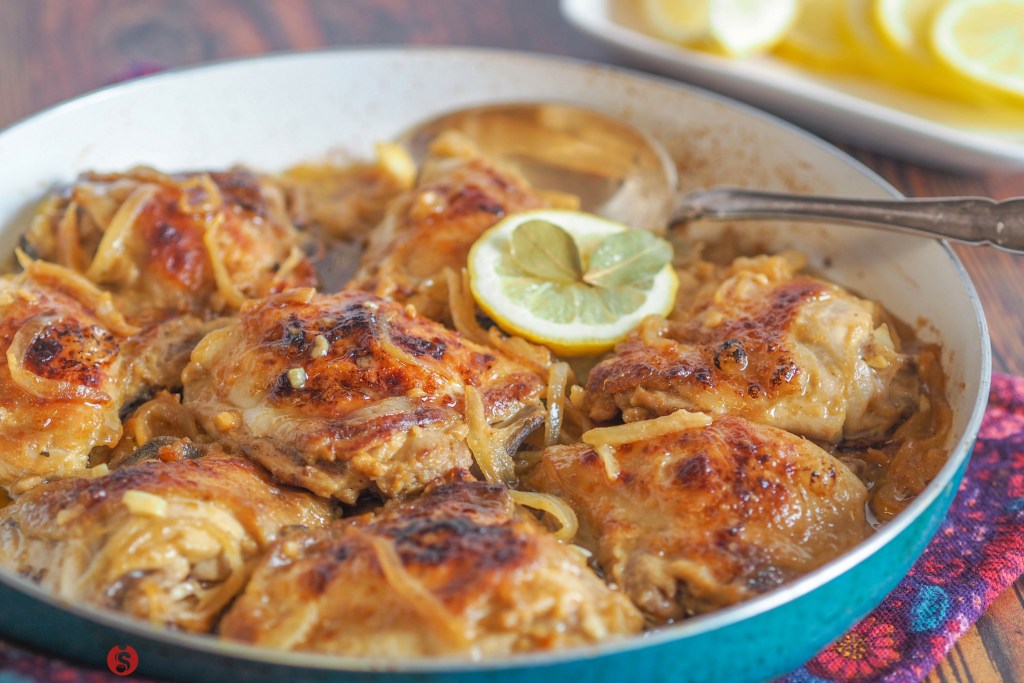Guiné Bissau
Guiné Bissau
by Trevor McLaws
Guinea Bissau


Guinea- Bissau used to be part
of the Kindom of Gabu and the Mali Emprire. Parts were destroyed in the 18th
century. By the 19the century is was known as the Portuguese Guinea. They
declared their independence in 1973 and were recognized in1974. They have been
political instable ever sence and no president has completed their 5 year term.
Economy-Guinea Bissau has one of the worlds
lowest GDP. They also have one of the lowest Human Development Index. More than
2/3 live below the poverty line. Their economy depends mainly on fish, cashew
nuts, ground nuts, and agriculture.
Food-
jollof rice:
rice cooked with palm oil, tomato paste and onions. May be with vegetables meat
or fish.
Yassa
Chicken- chicken cooked in onion and tomato sauce


Fried
cassava- deep-fried yucca or cassava


Avocados
with Tuna
Culture- 40%
Muslims, 22% Christians, 15% Animists and 18% unspecified or other.
Their music
is connected to polyrhythmic Gumbe genres. The most common instrument is the
calabash. The calabash is often times accompanied by complex dances. Some of
the dances include the Tinga, Tina, and other folk and ceremonial dances. Other distinct sounds on the islands are
Kussunde, Balanta Brosca, Kundere, and Mandinga djambadon.
Climate- Guinea-Bissau is warn all year round.
The average temp is 79.3 F. Average rainfall is 79.7 in. Most of this rain fall
is during the rainy season ( June, September and October)
Demographics-country in West
Africa that covers
36,125 square kilometres (13,948 sq mi) with an estimated population
of 1,815,698.
The proportion of the
population below the age of 15 in 2010 was 41.3%, 55.4% were aged between 15
and 65 years of age, while 3.3% were aged 65 years or older.[43]
Ethinic groups- The population of Guinea-Bissau is ethnically
diverse and has many distinct languages, customs, and social structures.
Bissau-Guineans can be divided into the following ethnic groups:
·
Balanta and Papel people, who live in the
southern coastal regions; and
·
Manjaco and Mancanha, who occupy the
central and northern coastal areas.
Languages-
Portuguese, French,Guinea-Bissau Creole is
spoken by 44% of the population.[1]
Works
Cited
Uma rápida pesquisa na internet me diz que a Guiné-Bissau é um país tropical na costa atlântica da África Ocidental, conhecido por seus parques nacionais e variedade de animais selvagens. Gumbe é um dos principais gêneros musicais associados com o país. O arroz é um parte importante em todas as refeições; frutas e legumes são abundantes. Parece que Guiné Bissau é um país com muitacultura e belas praias.
ReplyDeleteEmbora o Guinea Bissau é uma país pequena, é muito diversa! Me parece interessante a variedade de etnias e religiões praticadas pela gente. Também me parece interessante que quasi um medio da populacão tem menos que 15 anos. Eu gostaria de comer a yucca, porque minha madrasta o cozinha para mim aqui.
ReplyDeleteO clima parece bom. Eu preferiria 79 graus do que 110 graus. Eu fiz mais pesquisas sobre o instrumento calabash é parece interessante, não tenho certeza se eu seria capaz de tocá-lo. Eu gostaria de comer e experimentar Abacate com atum. Obrigado pela informação.
ReplyDeleteEu achei que o fundo curto na Guiné-Bissau é muito interessante e conciso. É realmente triste que o pós-colonialismo tenha deixado o país instável. No lado mais brilhante eu amo Fried Cassava! Obrigada por sua apresentação.
ReplyDeleteHoly smokes they get 79.9 inches of rain??? That seems like a whole lot to me, I don't know if its because I'm used to Arizona or because it is actually a considerable amount. The fried cassava looks delicious but I think its actually Yuca not Yucca. Yucca is the type of cactus we have in Arizona while Yuca is a root that is very similar to potatoes and is actually used to make Tapioca here in the United States. While the fruits of Yucca are edible, the stems and whatnot are actually toxic which makes the difference worth noting! Thanks for sharing this information about Guinea Bissau.
ReplyDeleteTchau. Zach
Apesar do seu tamanho relativamente pequeno, a Guiné-Bissau parece ser um lugar muito diversificado. Isto é evidente nos grupos étnicos que estão presentes, na variedade de religiões que são praticadas e nas línguas que são faladas. Eu acho que seria um ótimo lugar para descobrir novas culturas e modos de vida.
ReplyDeleteI found it really interesting how the majority of the country practices Muslim-based-faiths more than Christianity. To me, it caught me off guard since the majority of Portuguese-speaking countries tend to practice faiths with Jesus Christ as their center. I believe this is due to Portugal's conquest and their subtle methods of assimilating foreigners to Catholicism by kidnapping and teaching them their language. Nevertheless, I found the rest of your presentation overall well.
ReplyDeleteKeep up the good work, chap. Cheers
Oi!
ReplyDeleteEu achei que foi interesante que o abacate é feito com tuna! Isso soa muito bom! Também é interesante que a maioria da populacao fala um creole em vez do portuguese, o falam os dois como bilingues? Bom trabalho!
Eu quero comer as comidas nacionais como frango yassa - acho que parece muito delicioso. Eu tambem, como Javier, acho que é interessante que a maioria da população é muçulmano em vez de cristão. Acho que é seria interessante aprender porque é mais muçulmano de otros países lusófonos da África. Bom trabalho, Trevor!
ReplyDelete- Olivia Gonzalez
Delete